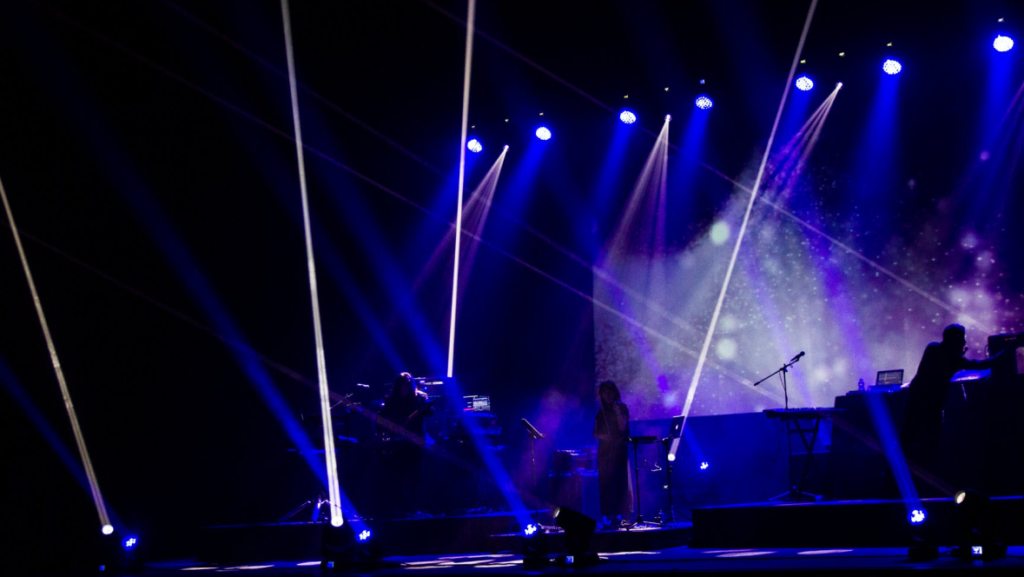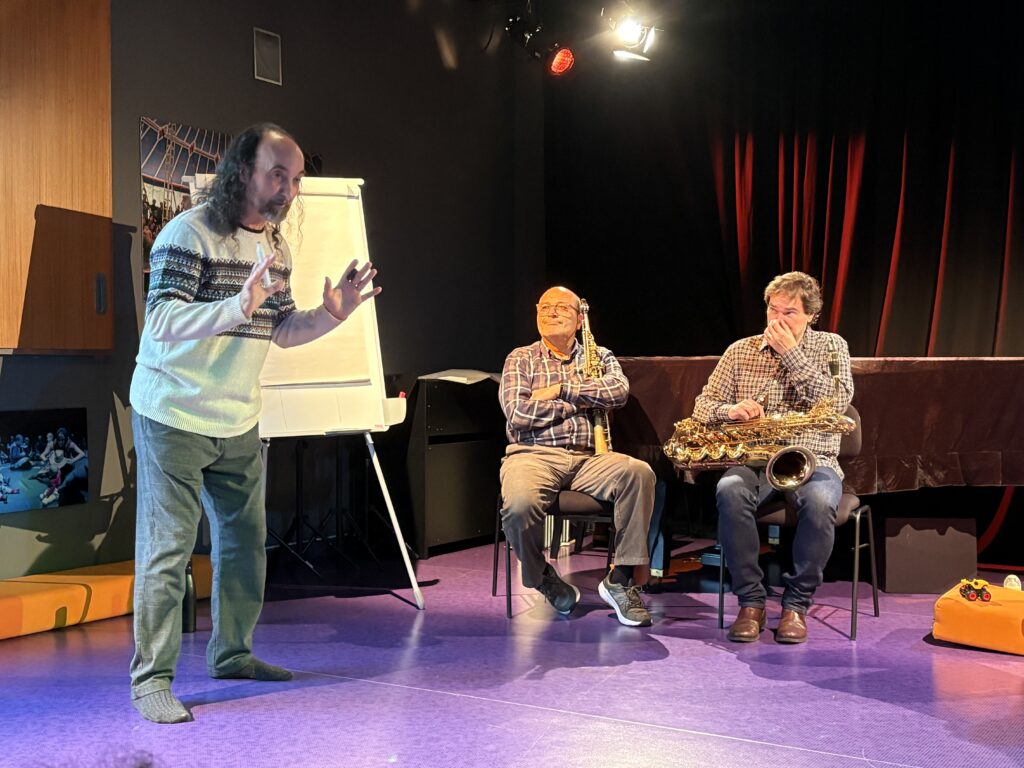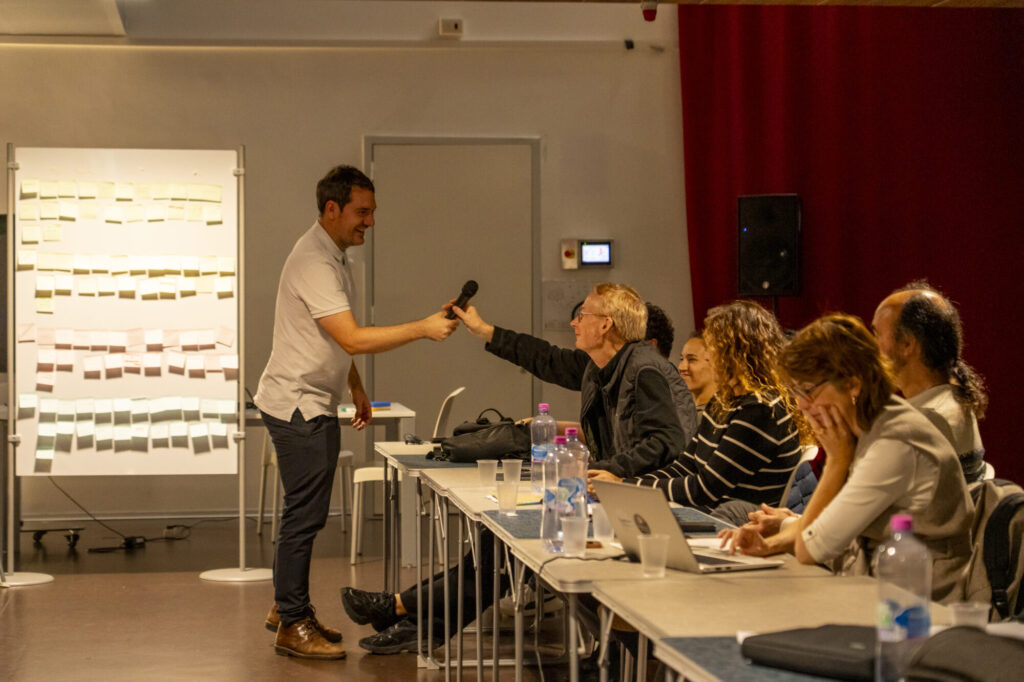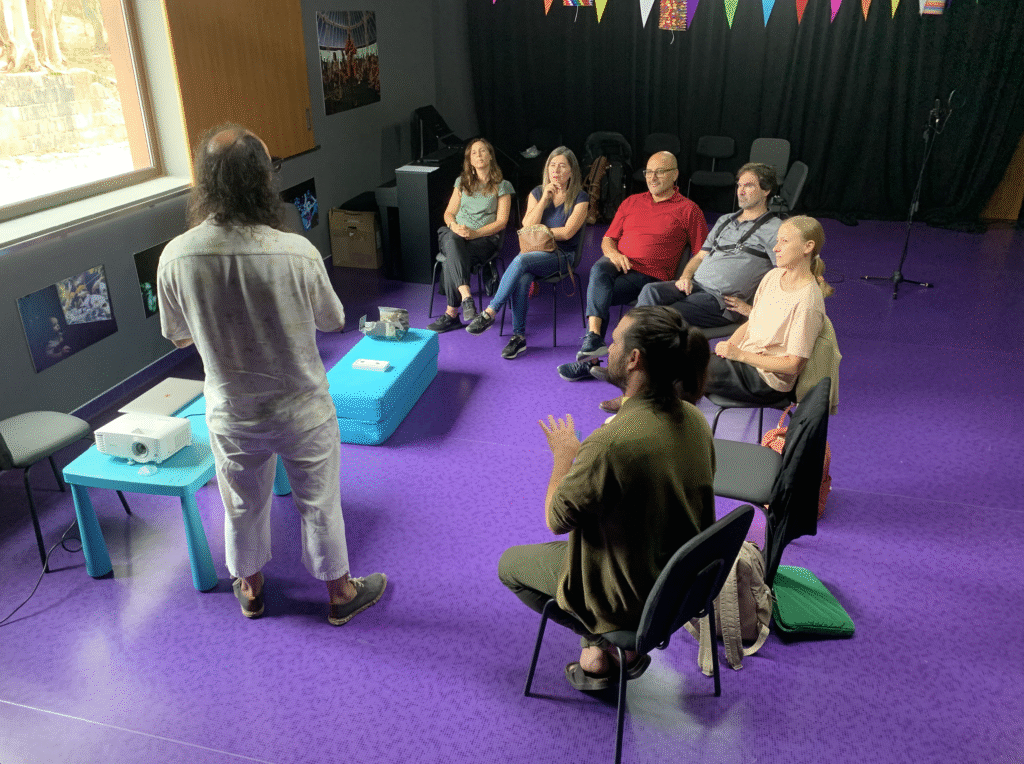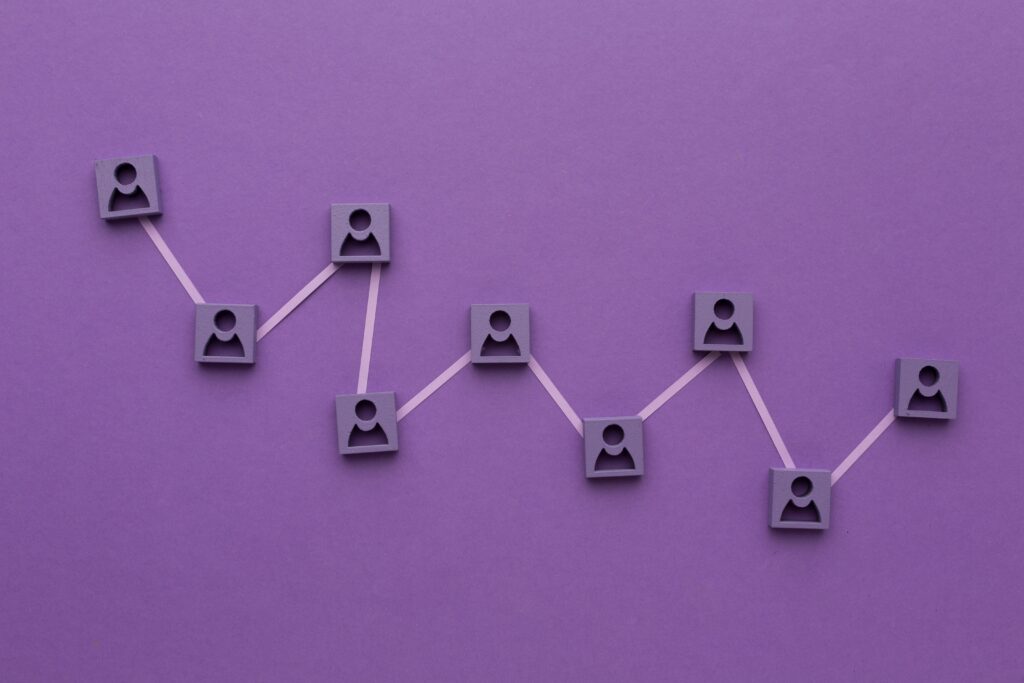Toscana Produzione Musica talks about AMPLIFY
by Francesco Mariotti from Toscana Produzione Musica, Pilot Leader for NEXT STAGE
1 September 2025
What is Toscana Produzione Musica’s role in the NEXT STAGE pilot?
Toscana Produzione Musica’s role will be to connect the various stakeholders – musicians, audiences, technicians, and organizers – and to coordinate the activities. The goal is to test the use of immersive technology (e.g., VR, XR, 360 Video, Spatial Audio, Volumetric Video) applied mainly to live music in different experimental setups. TPM is an organization that produces live music and organizes events, festivals, and music residencies. Its experience, both artistically and in audience engagement, will serve the project to build a tool aligned with the needs of both musicians and potential audiences.
Like the entire AMPLIFY project, NEXT STAGE is based on the centrality of human needs, dreams, expectations, and fears. Therefore, it’s essential to maintain a human-centered approach to technology — technology serving people, without turning humans into mere consumers of technological products.
How does AMPLIFY IMMERSIVE change the way audiences experience live music?
Answering this question at this stage in the process isn’t easy. We know that the technological core of NEXT STAGE will be AMPLIFY IMMERSIVE. But what are we really talking about? It’s not a pre-packaged technological tool, but rather a journey that will lead to the implementation of various existing technologies to create a new remote, immersive, and interconnected music experience. What will make the difference is not the technology itself, but how it is applied. Once again, human needs will be at the center.
For example, in the initial investigation phase, when speaking to musicians and potential audiences, certain essential aspects of the live experience emerged that must not be overlooked. If AMPLIFY IMMERSIVE manages to offer both artists and audiences an experience that preserves these aspects — like the collective nature of the event or real-time interaction between artist and audience — while increasing the freedom and personalization of the experience, and inspiring artists to explore and renew their creative language, then I believe the project will truly succeed in offering a new and meaningful way to experience music.
To put it more simply: AMPLIFY IMMERSIVE will change how audiences enjoy live music by creating an alternative and satisfying experience — not a replacement for live events — thanks also to the creativity of artists who will create specific content for this new medium.

Why is real-time connection between remote performers and audiences important in this project?
NEXT STAGE — like all of AMPLIFY — is a “human-centric” project. That’s why, in the early stages, it was important to talk to people. We asked musicians, audiences, enthusiasts, and organizers what core aspects of the live experience a remote performance should try to preserve. Among these, one key point stood out: the interplay between musicians and audiences — especially in jazz, but really in all music.
Even just the presence of an audience in the same room as the musicians changes the way they perform; it affects interpretation and improvisation.
Put simply, music has always been a cultural and deeply human event — both a form of communication between individuals and a collective ritual. In a fascinating essay titled Sounding the Depths (2011), ethnomusicologist Victor Grauer — a student of Alan Lomax — suggests the existence of a “core culture” that includes music. If, as some genetic and linguistic theories suggest (see Luigi Luca Cavalli-Sforza’s Geni, Popoli e Lingue, 1996), we all descend from a common ancestral population, then it’s plausible that we share a “core culture” and a “core music”.
Without going into detail about Grauer’s research, we can affirm here that the social and collective aspect of music is foundational — and this should guide our approach to developing NEXT STAGE.
How could NEXT STAGE influence the future of concerts and music festivals?
NEXT STAGE and AMPLIFY IMMERSIVE will be powerful tools for organizers who can engage audiences interested not just in music, but also in new technologies. It won’t be a quick transition, but in the medium to long term, immersive and spatial audio technologies — which enable real-time remote performances — will likely become commonplace in the world of festivals and concerts.
Those who adopt them early on will be able to offer their audiences a greater number and variety of musical experiences, attract new audiences, and create musical content that can be enjoyed in entirely new ways — beyond the traditional concert format.
However all of this will only be a tool. Even though it’s developed based on “human-centered” guidelines, the value it brings to a specific festival will come from how the tool is applied — not from the tool itself.
Here are two practical examples:
– NEXT STAGE could be used to create a connection between audiences and stages at different festivals happening simultaneously in different parts of the world.
– Or it could offer live musical experiences to people who, for various reasons, cannot attend a specific concert physically (due to geographical distance, being incarcerated, or having physical limitations).
In both cases, the technology adds value to the festival’s offering — but again, that value is not intrinsic to the technology itself.

What impact do you hope this will have on how artists and audiences interact?
I hope NEXT STAGE can increase the possibilities for interaction between artists and audiences. It’s true that in this first phase we are focusing more on immersive and audio aspects than on real-time interaction, but as we’ve said, this is an experimental process with different stages. The goal is not just to ensure the possibility of interaction, but also to enhance it — enabling aspects of the experience that wouldn’t be possible in a traditional live concert setting.
This is very important: we’re not trying to recreate a virtual experience that is as close as possible to the real one. Our aim is to create a different experience — not a replacement, but an alternative one. One that is worthwhile for both musicians and audiences.
What are the main challenges in creating immersive performances, and how do you plan to overcome them?
From a technological perspective, we’re starting with a subjective immersive and spatialized experience based on a concert recording, and aiming to reach a collective, real-time immersive experience that enables two-way communication between musicians and audiences.
The creative process of NEXT STAGE is a step-by-step evolution, where each new phase introduces a new level of technological complexity — along with new risks and complications. It’s crucial that each phase works correctly and coherently before moving on to the next, which inevitably increases overall complexity.
As for theoretical risks, the biggest one is always drifting away from the real needs, dreams, and ambitions of the people who will interact with the technology. That’s why constant and active monitoring of the human side of the process will always be necessary.
Even in the first phase, the collaboration with NTNU (Norwegian University of Science and Technology), which introduced us to co-creation methods, was fundamental in objectively defining the initial needs of all types of stakeholders. I am convinced that this dual track — technological and human — must run in parallel throughout the entire project.
